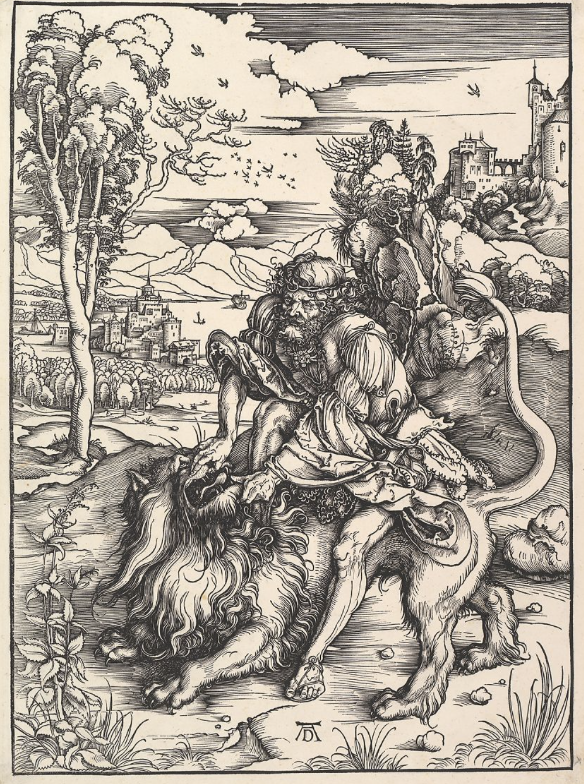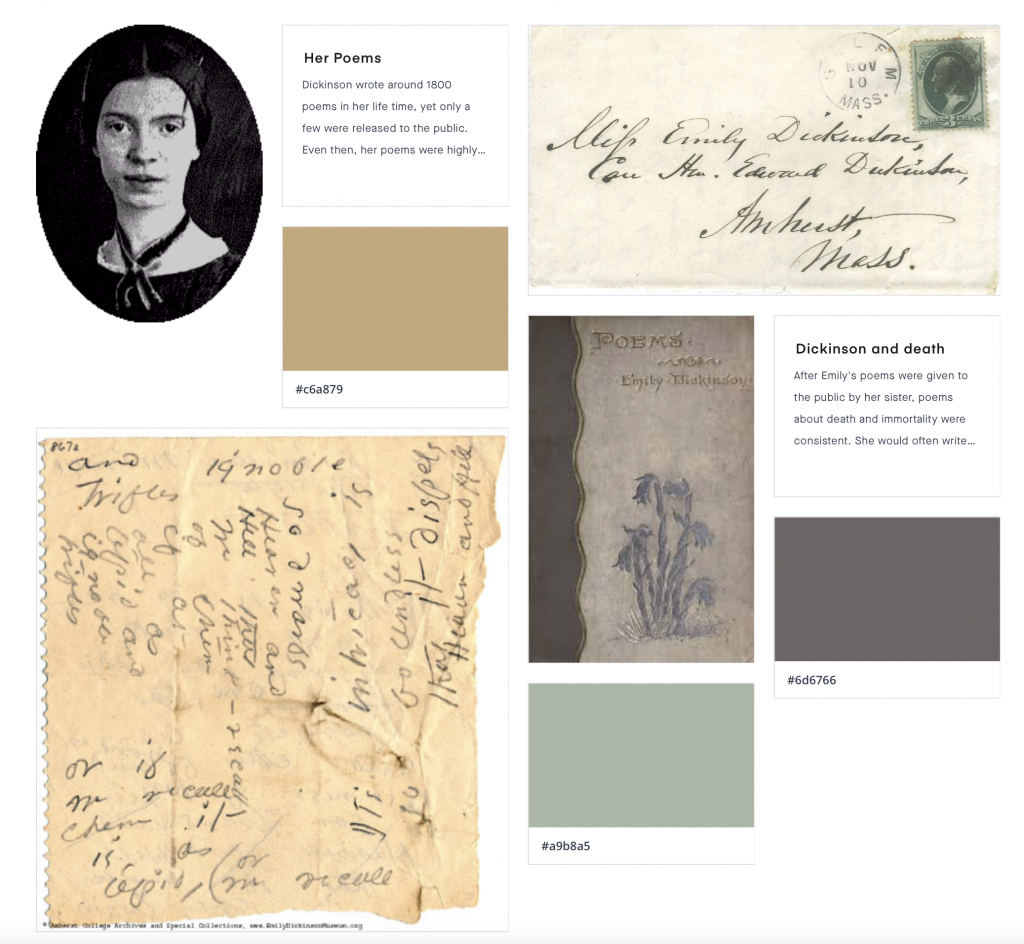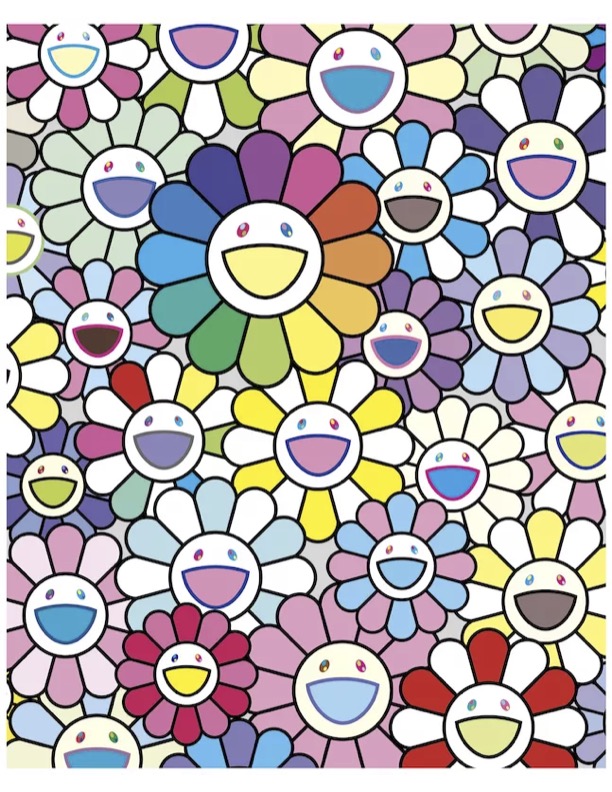
1450’s– Ars Moriendi: The Art of Dying, woodcut block book
Woodcut is one of the oldest forms of printmaking and was invented back in the 8th century by Japan for textile printing. However, woodcuts were not used to transfer onto paper until the 14th century by France and Germany. The earliest dated print of German origin is the St. Christopher print of 1423 from the Buxheim Monastery. While in the 15th centuries, countries like Austria, Bohemia, and Bavaria used woodcuts to display religious figures onto playing cards.

Samson Rending the Lion: Albrecht Durer
The earliest coloured woodcuts were made to imitate the appearance of chiaroscuro, which was very sought after by collectors. Within these types of drawings, the “coloured paper served as the middle tone, and the artist worked toward the light (chiaro) by adding highlights with white gouache, and toward the dark (scuro) by adding cross hatching in pen or a dark wash with a brush.” (Thompson 4) The chiaroscuro type of woodcut was invented by Hans Burgkmair around 1509.
St. Jerome in the Wilderness: Titian
As soon as the moveable type and printing press were invented in the 15th century, woodcuts gave us the ideal means for creating early printed books. The woodblocks could be placed alongside the type in the press and then printed the woodcuts onto paper. The same image could be used to illustrate more than one texture could even be used again for the same text. The history of woodcuts is very interesting to me because I have always looked at woodcuts and other relief printing forms as something I wanted to try. Though I haven’t realized it yet I hope I could one day due to the fact of how beautiful they seem to turn out.








